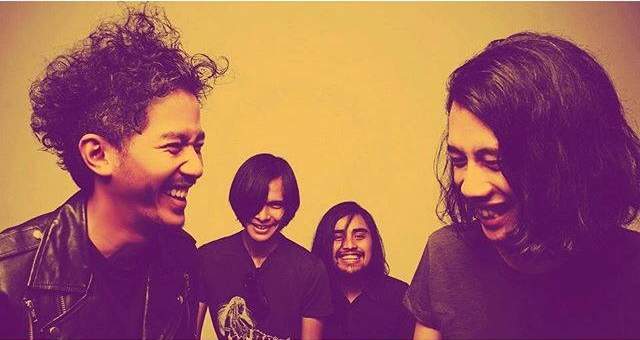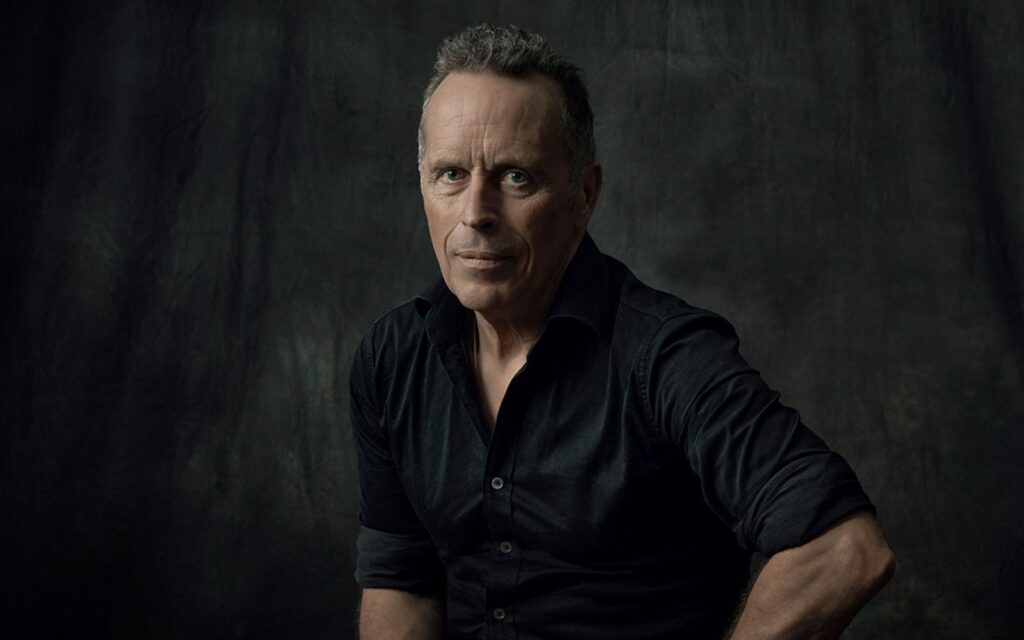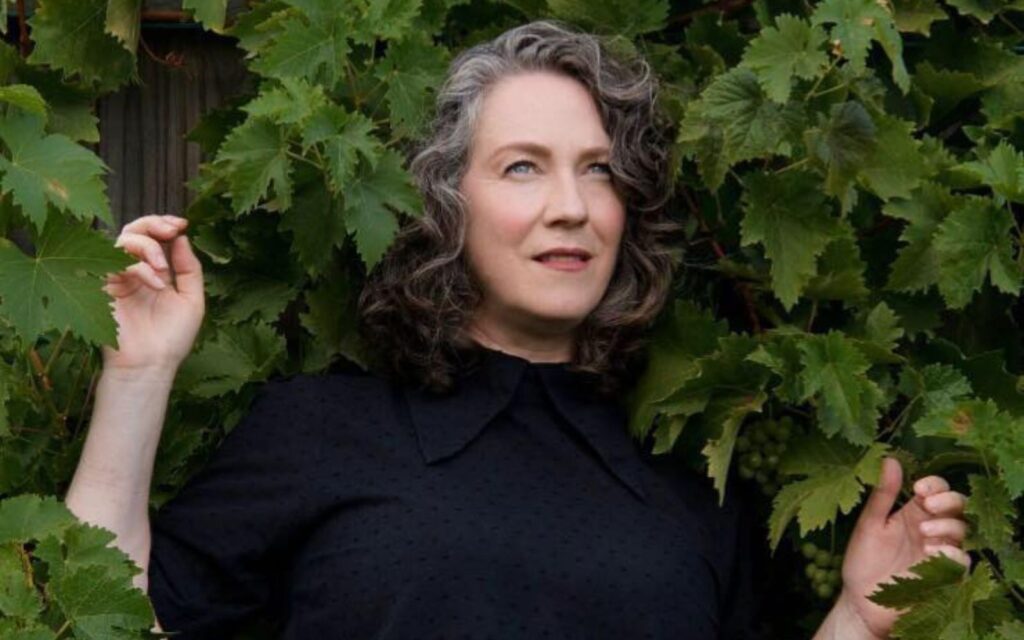“It was a very mind opening experience because we were so clueless,” he says. “We didn’t know how to set up an amp properly, we didn’t know how to play the guitar properly I guess. We saw a lot of bands playing with them, and we learned a lot from them by seeing how to perform and how to put on a show.”
The members of The SIGIT – Yoewono, lead guitarist Farri Icksan, bass player Adit Bagja, and drummer Acil Armando – met at high school in the city of Bandung, Indonesia, bonding over a common love of ’70s rock’n’roll and contemporary punk rock. After getting together for some garage jam sessions, they saw a local band playing their own songs – a diversion from the covers acts commonly seen around the city – and realised it was time to make the quantum leap to writing their own music.
The origin of the band’s acronymic name is cloudy. Even Yoewono isn’t exactly sure of the sequence of events that led to its conception. But at the root of it was his preference to have an Indonesian name, so he decided to use his father’s name, Sigit. The next part of the puzzle derives from the group’s desire to have a name that had a similar semantic style to Black Rebel Motorcycle Club.
“We kind of wanted to make a band name like Black Rebel Motorcycle Club or Rapid Eye Movement [REM], so we came up with the long name of S.I.G.I.T. – the Super Insurgent Group of Intemperance Talent,” Yoewono says. “That’s the whole idea of the name of the band having dots between the letters. But we don’t use it anymore because it’s too complicated, especially in Indonesia.”
The SIGIT released their debut self-titled EP in 2004, followed by Visible Idea of Perfection in 2007. With rock’n’roll largely a niche market in Indonesia, they noticed a sharp difference in the way rock’n’roll is marketed and promoted in Australia.
“There was a very big difference between the industry in Indonesia and the industry in Australia – it was vastly different,” Yoewono says. “That experience helped set out goals – we wanted to make our music industry listen to the kind of music that we play. We want to make this music heard nationally, because at that time we were new in Indonesia. So the first Australian tour made us more focused.”
Apart from the release of a couple of EPs in 2009 and 2011, The SIGIT’s second album, Detourn, didn’t come until 2013. Yoewono isn’t entirely sure why it took so long to release a new album – though dissatisfaction with the quality and production of the songs they’d recorded played an important part.
“Really, I don’t know why it took so long,” he laughs. “We’d focused on the purpose of the band, we’d taken time to learn how to write a song, how to play guitar and that sort of stuff, and we’d made a decision between making music and getting a real job – all that stuff came into the equation. And without realising it we spent six years coming up with a proper album.”
The education in songwriting involved moving away from the jam-style conception of the band’s earlier material and into a more structured approach. “For the songs on the first album, they were written from jamming and demoing a few times and then the song would be finished,” Yoewono says. “With the new album we worked on the structure of the songs. I also reviewed the whole vocal take. There are more details on the new album, I guess. There’s a saying that you’re your own worst critic, and I think that’s what happened with this record.”
The time and effort seem to have paid off, with Detourn being critically lauded even in Indonesia. “We don’t have any publicity like you have in Australia – there is some magazines like Rolling Stone but only a handful. Basically what we do is digital – we publish our own stuff on our website. We have a pretty huge following through social media – maybe that’s because we don’t have a proper public relations industry in Indonesia.”
As for The SIGIT’s live show, Yoewono hopes audiences will feel a mixture of emotions. “For me a good live show would be similar to seeing a good movie – you can laugh at one point, you can cry at one point and you can get very excited when you see action. I want to put on a good show where people can laugh, cry and go crazy.”
BY PATRICK EMERY







